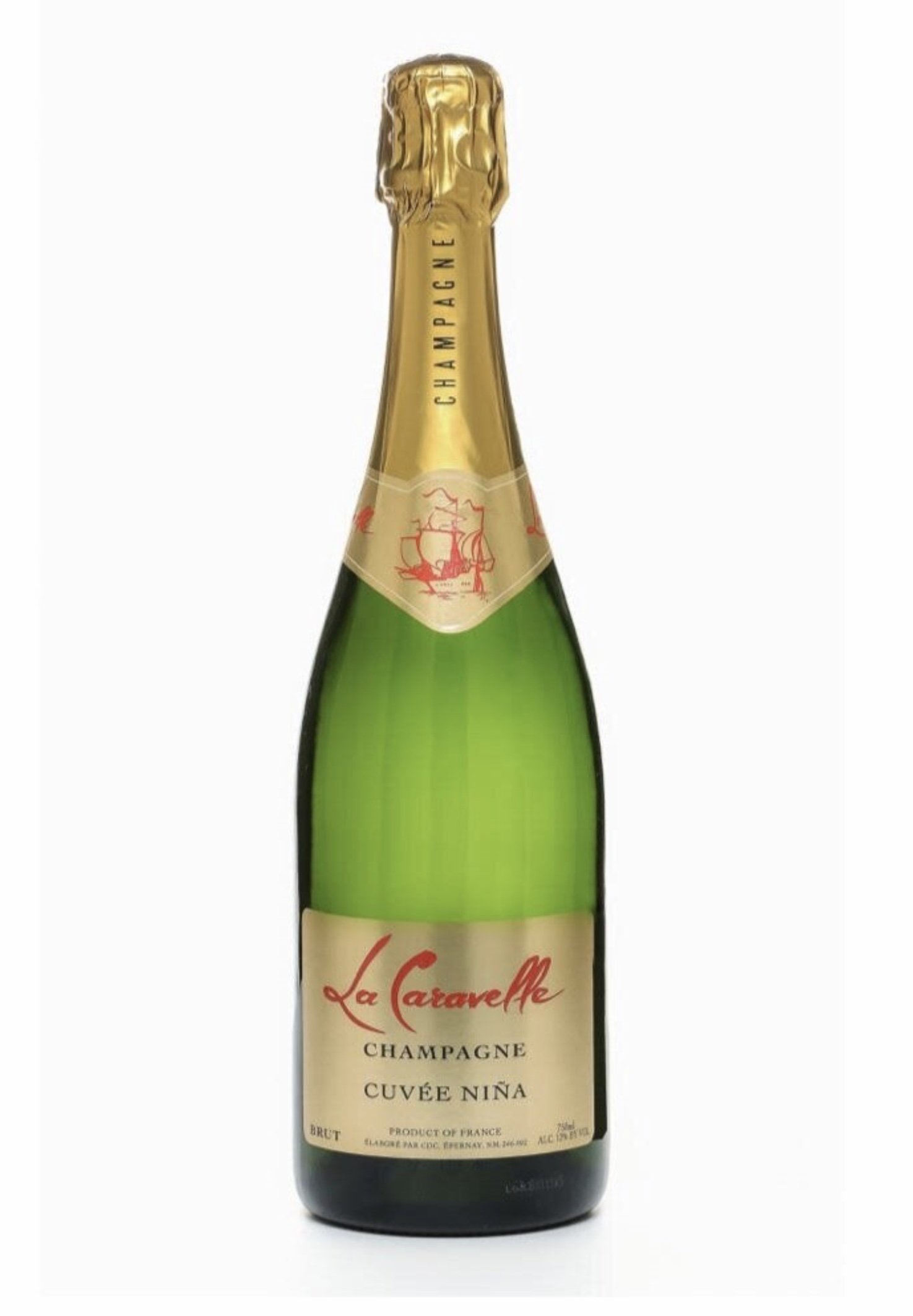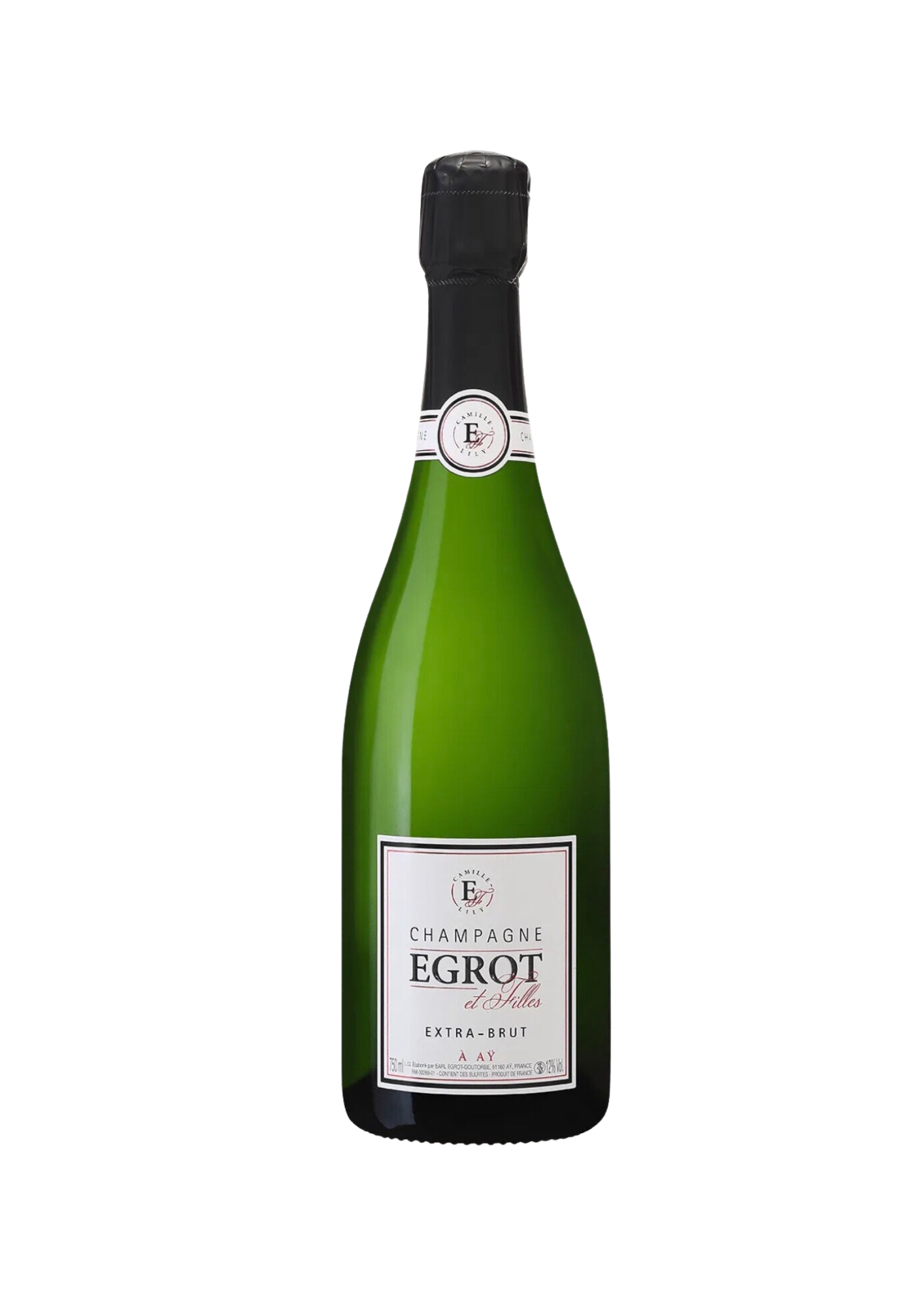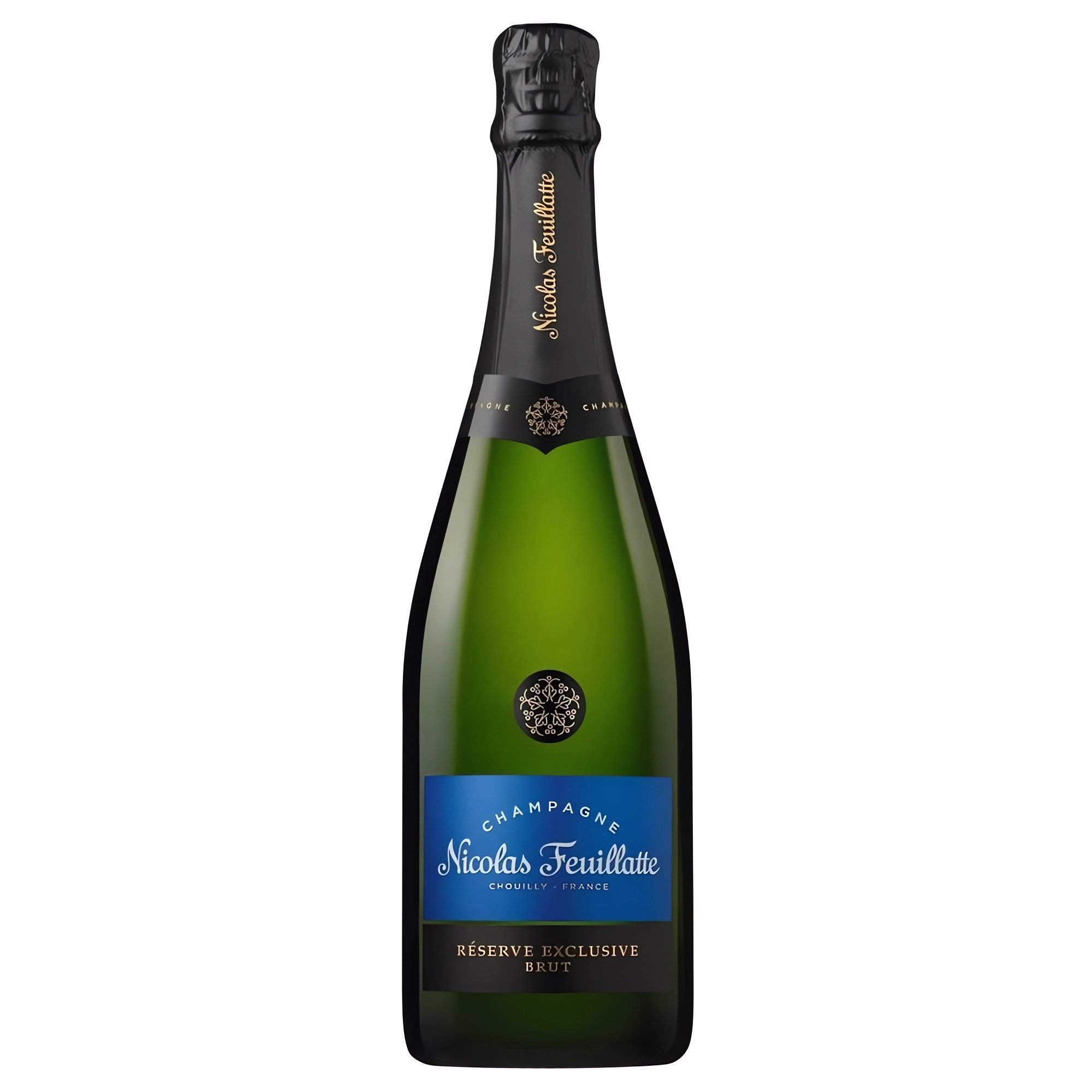10 Affordable Champagnes to Enjoy for Under $60 a Pop
Champagne may seem like a splurge. But ounce for ounce, it’s one of the most accessible luxury products around. Think about it: When it comes to status symbols like Maserati cars, Cartier jewelry, or Audemars Piguet timepieces, $100 won’t get you very far. But that same C-note will deliver a peak Champagne experience.
And the truth is, you don’t even need to spend that much. You can source distinctive, well-crafted Champagnes for $60 or less if you know where to look. While sexy Champagne ad campaigns are appealing, the big brands that sponsor car races and movie premieres add marketing costs to the price of every bottle sold.
Savvy shoppers know that the best values in Champagne come from smaller champagne makers. Some are regional brands that are primarily known in France. Others are tiny family Champagne makers who grow their grapes and make wines commonly called grower Champagnes or farmer fizz. And since they’re not spending much on advertising, your money is paying for what’s inside the bottle. In France, an artisan Champagne grower-producer is called a récoltant-manipulant, and their wines have RM on the label.
Besides value, these grower wines offer a particular taste of the place or terroir where they come from. We’ve assembled a list of our favorite affordable champagnes, from established brands beloved in France to family-owned micro producers making exceptional wines. And they’re all under $60, so you can stock up now for the season of celebration.
Caravelle Cuvée Niña
La Caravelle Champagne Cuvée Niña
Rita Jammet and her husband André ran a French restaurant called La Caravelle in New York City for decades. Now Rita’s hand-curated wines sourced from Champagne are available to all. We love her Cuvée Niña, which is poured by the glass at Le Bernardin. A blend of 40% Chardonnay and equal parts Pinot Noir and Pinot Meunier, Cuvée Niña is aged for two years, giving in that appealing mix of jasmine and yuzu citrus underpinned by brioche, apricot and baking spice. About $36
Aspasie reserve
After five generations making wine in Brouillet, a village west of the Champagne capital of Reims, winemaker Paul-Vincent Ariston’s family has acquired a particular expertise–and accolades for exceptional champagne. Aspasie’s Réserve Brut blends reserve wines from two vintages to create a whole greater than the parts. The reserve features 40% Chardonnay, 30% Pinot Noir, and 30% Pinot Meunier. The Réserve opens with citrus blossoms and powdery acacia aromas, revealing minerality and a hint of savoriness from the terroir. About $35
Vesselle Rosé de Saignée
Jean Vesselle Rosé de Saignée
The first Jean Vesselle wine I loved was their oeil de perdrix (eye of partridge), a brut rosé of a pale onion-skin hue with the thrilling mix of delicacy and intensity that a great champagne can deliver. The Rosé de Saignée is a more powerful cuvée, made from juice bled off crushed Pinot Noir grapes. The extended skin contact gives it a richer hue and distinct aromas and flavors of red fruits. This is the kind of champagne you could pair with a rare steak. About $55
J Lassalle Cachet d’Or
J. Lassalle is a modern champagne, given that Jules established the brand in 1942 in the evocatively named town Chigny-les-Roses in the Marne Valley. And though they were small, Jules and Olga Lassalle had big dreams. Instead of selling their wines in France, they pioneered sending them to the US, becoming one of the most admired grower Champagnes. When Jules passed away, Olga took over the business and now her daughter Chantal Lassalle and granddaughter Angeline Templier share winemaking duties. Cachet d’Or means gold seal, and it’s an apt description for a bright, balanced, and satisfying wine. About $44
Comtes de Dampierre cuvée des ambassadeurs
Champagne Comtes de Dampierre Cuvée des Ambassadeurs
Aristocrats and Champagne go together, and Audoin de Dampierre is a bonafide Count (Comte in French) who founded a Champagne label in 1986. And though it’s been years since we met in San Diego, I still remember his smile and general sense of bonhomie. His wines are just as affable, and the Cuvée des Ambassadeurs is a generous wine perfect for welcoming distinguished guests to your table. About $40
Egrot extra brut
Elisabeth is the daughter of Champagne maker René Goutorbe, a well-known Champagne vigneron in Ay. She fell in love with the son of a neighboring vigneron, and they started a Champagne brand and a family. Their young filles, Lily and Camille, are learning how things are done both vineyard and cellar so they can carry the brand into the next generation. Goutorbe says the Extra Brut is about power and delicacy, a crisp and intense wine with minerals and citrus. About $40
Deutz
Champagne Deutz Brut Classic
Their entry-level Brut Classic tastes like a much more mature wine thanks to their practice of adding longer-aged reserve wines to the blend. The balanced blend of Pinot Noir, Chardonnay, and Pinot Meunier pays off in a Champagne with roundness, toasty notes, and hints of fruit and candied almond. Deutz may be your new house Champagne. About $55
Gimonnet Cuis 1er Cru Brut
Unlike many other Champagne houses, the family behind Pierre Gimonnet considers this non-vintage blanc de blancs brut their flagship wine. They blend reserve wines from at least five vintages into each bottle, so the 100% Chardonnay Cuis Brut balances freshness and those classic mature Champagne notes imparted by yeast. Pierre Gimonnet started bottling his own bubbly in 1935, making him one of the early grower Champagne brands to appear in the United States. And we think they’re still one of the best. About $47
Fleury
Champagne Fleury Blanc de Noirs Brut
This domaine in southern Champagne has a history of innovation, from pivoting to Pinot Noir production to growing and making their own Champagne, rather than selling grapes, in the 1920s. In the late 1980s, Jean-Pierre Fleury was the first Champagne vigneron to embrace biodynamic and organic viticulture. Healthy soil and healthy vines create a wine with pure intensity and a sense of place. The Blanc de Noirs Brut, crafted from 100% Pinot Noir, has incredible depth, too, thanks to a generous percentage of reserve wine. About $55
Champagne Nicolas Feuillatte Réserve Exclusive Brut
Nicolas Feuillatte is France’s No. 1 selling Champagne, so that tells you something. The Blue Label Réserve is a blend of 40% Pinot Noir, 40% Pinot Meunier, and 20% Chardonnay. Wines in the blend age at least five years, so the Réserve delivers creamy, complex notes of toast, dried fruit, and freshness to pair with duck, smoked salmon, and cheeses. About $42











